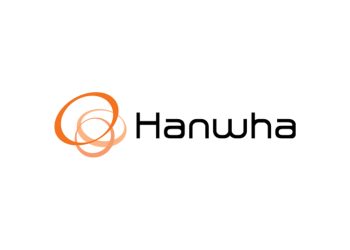Hanwha Group, a leading South Korean defense company, announced that it formed a strategic partnership with Korea Advanced Institute of Science and Technology (KAIST), South Korea’s number one research-oriented science and engineering university. Under the agreement, the two companies would co-develop various commercial projects and conduct space technology research.
Hanwha and KAIST would initially establish a space-related research center at KAIST’s campus. Hanwha also revealed that it would grant a 10 billion won ($8.8 million) fund to the project. Meanwhile, KAIST’s Vice President for Research, Lee Sang-Yup, would supervise the center’s creation. As the two companies said, the coming research center would be the most extensive space institute jointly established by an educational institution and a private company.
Space Hub’s Role
Hanwha Group’s Space Hub would also play a vital part in the research center’s establishment. In particular, Space Hub would be the administering force behind the technological developments, offering advanced solutions. In March, Hanwha introduced its internal aerospace task group, Space Hub, to advance South Korea’s space industry and satellite businesses. Hanwha Solutions’ President, Kim Dong-Kwan, currently heads the recently launched group-wide task force.
Space Hub would also manage the joint research commercialization initiatives. In addition to Space Hub, other Hanwha Group units would participate in the project. For instance, Hanwha Systems, Hanwha’s defense electronics solutions subsidiary, would provide products and services, including satellite components. Hanwha Systems would also develop low-orbit satellites weighing below 100 kilograms in collaboration with Satrec Initiative for the project. Satrec Initiative is a domestic satellite manufacturing company affiliated with Hanwha Aerospace.
Inter-Satellite Link Tech
Furthermore, Space Hub and KAIST’s first research task is to develop low-orbit inter-satellite link (ISL) technologies. Moreover, ISL technology provides a data transfer channel between satellites using laser communication. ISL technology could also enable numerous satellites to process large-scale data quickly and efficiently. Additionally, ISL could supply Internet connection to airplanes, ships, and remote areas without electricity. Hanwha also noted that ISL technology would be highly instrumental in satellite communication applications and urban air mobility businesses.
“The creation of the new center marks an important milestone in the country’s history of space development,” said a KAIST official. KAIST also shared that the center would stand out since it would go beyond research. Besides being an industry-academic research hub, the center plans to commercialize practical space sector solutions, including observation and projectile technologies. According to industry estimates, the low-orbit satellite industry would grow up to 36% annually by 2040.







